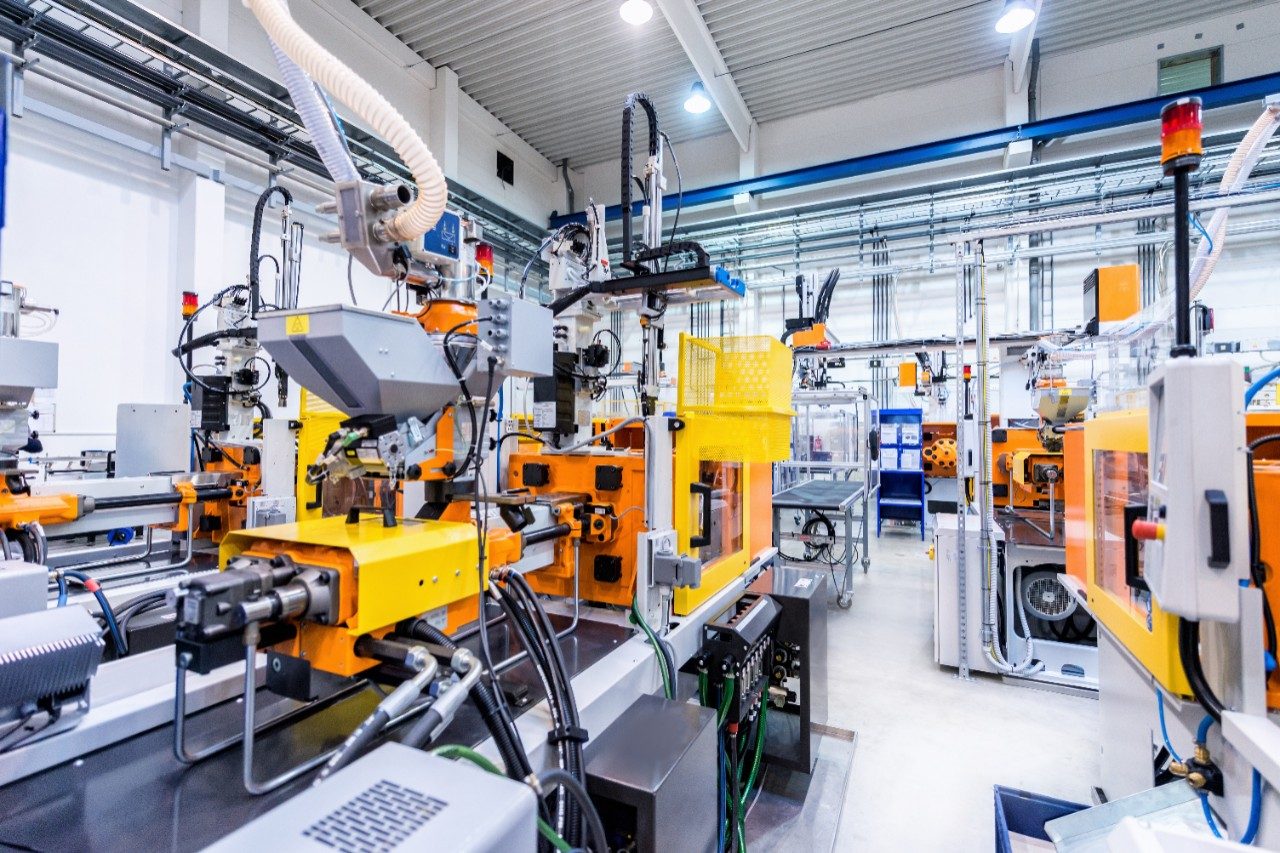In our NEW series, we unpack protective relays. We start the series off with an introduction to protective relays, and then touch on relay categories and classifications.
Keep an eye out for the second instalment of the series…
What is electrical circuit protection?
Electrical circuit protection is the purposeful use of a fail-safe device that automatically causes a disruption in an electrical circuit when it recognizes an excess and unsafe load of power in a circuit. Common circuit protection devices and components include circuit breakers, fuses, surge protection and protective relays.
What is a protective relay?
The Institute of Electrical and Electronic Engineers (IEEE) supplies the following definition of a protective relay:
A relay whose function is to detect defective lines or apparatus or other power system conditions of an abnormal or dangerous nature and to initiate appropriate control circuit action.
(IEEE C37.100-1992)
Protective relays: An expanded definition
An electric device that is designed to respond to input conditions in a prescribed manner and, after specified conditions are met, to cause contact operation or similar abrupt change in associated electric control circuits.
A relay may consist of several relay units, each responsive to a specified input, with the combination of units providing the desired overall performance characteristic of the relay. Inputs are usually electric but may be mechanical, thermal or other quantities or a combination of quantities. Limit switches and similar devices are not [protective] relays.
(IEEE C37.100-1992 and C37.90-2005)
Relay Categories
Relays can be divided into five functional categories:
- Protective relays
Protective relays are one of the critical components of the electrical power grid that serve to detect defective equipment or other dangerous or intolerable conditions and can either initiate or permit switching or simply provide an alarm to provide a safer, more reliable delivery system.
- Monitoring relays
Verify conditions on the power system or in the protection system.
- Programming relays
Establish or detect electrical sequences.
- Regulating relays
Activate when an operating parameter deviated from predetermined limits.
- Auxiliary relays
Operating in response to the opening or closing of the operating circuit to supplement another relay or device. These include timers, sealing units, lock-out relays, closing relays, trip relays, etc.
How are relays classified?
In addition to the functional categories, relays may be classified by input, operating principle or structure and performance characteristics:
- Input characteristics:
Current
Voltage
Power
Frequency
Pressure
Temperature
Flow
Vibration
- Operating principle or structure characteristics:
Percentage
Multi-restraint
Product
Solid state
Electro-mechanical
Thermal
- Performance characteristics:
Inverse and definite time overcurrent
Directional overcurrent
Distance
Under-voltage or over-voltage
Ground or phase
High or slow speed
Phase comparison
Directional comparison
Segregated phase
Keep an eye out for the second instalment of the series, where we discuss the types of protective relays, and then move on to transformers, protection zones and end off with the applications of a relay…
Resources:
1. DISCOVER Eaton’s range of Protective Relays
2. CHAT to us for an Eaton solution for your facility
3. SUBSCRIBE to receive these informative videos straight to your inbox
Source:



